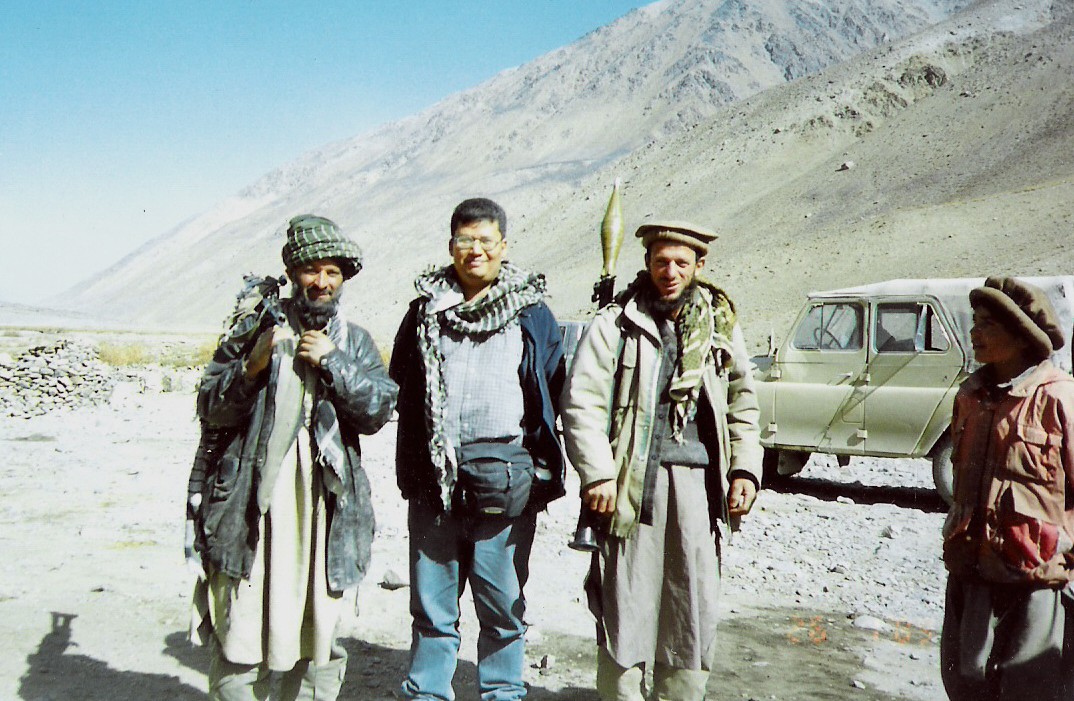Don Pathan
THE NATION
In 1986, then Central Intelligence Agency chief William Casey persuaded the US Congress to provide freedom fighters in Afghanistan with anti-aircraft missiles to strengthen their defences against Soviet warplanes.
He also asked lawmakers to approve the deployment of US advisors to work with the Pakistani Army in directing the Muslim radicals who had arrived from all over the world to play a part in repelling the Soviet invasion.
Casey was confident that his plan would be a success. He had secured the backing of the Pakistani government, and the blessing of Saudi Arabia.
Unfortunately, not much thought was given to the consequences of so many diverse groups of armed Muslim extremists being brought together in one place.
Forcing the Soviets out of Afghanistan was the name of the game, at any cost, it would appear. And in the process, everybody would benefit.
For the Saudis, it was an opportunity to rid their Kingdom of radicals opposed to the country's monarchy. It was also an opportunity to spread their puritanical brand of Islam, formally known as Wahabbism.
Widely regarded as a shadow government, Pakistan's Inter-Services Intelligence (ISI) agency considered an international Islamic brigade in a neighbouring country as a future ally.
Today, many Afghan war veterans are involved in fighting in the Kashmir region. Others provide the ISI with more leverage in dealings with countries in Central Asia. However, the ISI's plans are dependent on it being able to keep the rebels on a tight leash.
For the US, this loose union of Muslim extremists was an opportunity to convince the international community that the Islamic world stood against the Soviet Union.
This band of soldiers would later be called "Afghan-Arabs", even though none were Afghans, and most weren't Arabs.
"The group was made up of Filipino Moros, Uzbeks from Soviet Central Asia, Arabs from Algeria, Egypt, Saudi Arabia and Kuwait, and Uighurs from Xingjiang in China," wrote Pakistan-based author Ahmed Rashid in his book "Taliban: Militant Islam, Oil and Fundamentalism in Central Asia."
The group's major sponsors failed to take into consideration that these freedom fighters also had their own agenda, and they eventually turned against their own regime and their American sponsors, Rashid added.
About four years after the US Congress threw its support behind Casey, an Afghan delegation was paraded in front of the press during an informal visit to Texas.
Photographs of them trying on American sneakers were splashed on the front pages of local newspapers, and they were an instant hit.
But not long after this visit, citizens of America, and the rest of the word, began to look at these individuals in a different light. In 1993, associates of these enigmatic freedom fighters from Afghanistan killed six and injured about a thousand when they set off a bomb at New York's World Trade Centre.
They were subsequently blamed for back-to-back bombings in 1998 at the US embassies in Kenya and Tanzania, which left hundreds dead, and last year's suicide boat attack against the USS Cole in Yemen, in which 17 US sailors lost their lives.
All fingers pointed to Osama bin Laden, a wealthy Saudi exile who had gone to Afghanistan to join the US-backed Mujahideen, and eventually led the radicals in their fight against the Soviets.
A number of the group's endeavours undertaken under the leadership of bin Laden, including the opening of an arms storage depot, were financed by the CIA, Rashid said.
The fall of the Soviet empire was met with great joy from all sides.
For the Mujahideen, it was a victory for Islam, despite the fact that limitations within the Communist system were mostly to blame.
Aside from leaving in its wake an army of radicals intent on promoting Islam as the basis for violence against all non-Muslim forces, the Afghan war also created thousands of well-trained veterans who craved another victory.
An opportunity arose when Iraqi President Saddam Hussein's forces invaded Kuwait, but Saudi Arabia's King Fahd instead turned to Washington for help and invited US troops into the kingdom, where some remain today.
"This came as an enormous shock to bin Laden," according to Rashid.
As the US troops began arriving in Saudi Arabia, bin Laden lashed out at the Saudi royal family, urging the country's clerics to support his condemnation.
Eventually, he was expelled and his Saudi citizenship revoked.
In 1996, bin Laden openly declared a jihad (Holy War) on the United States, accusing it of occupying Saudi Arabia, home to some of Islam's holiest sites.
Since then, US policy toward Afghanistan has been based solely on its quest to "get bin Laden at all costs", without much thought given to alternative approaches, or the fact that many of the country's current problems were inherited from the former regime.
Today, the outlook for Afghanistan is very bleak.
Following last week's devastating suicide hijackings in New York and Washington, great uncertainties prevail for the Taleban as the US administration continues to press for the hand-over of bin Laden.
Evidence thus far would suggest that the Taleban will not budge in their refusal to arrest and extradite the Saudi dissident.
Their stubbornness, experts say, is proof that they cannot be seen to be giving in to demands from the West.
One Bangkok-based diplomat also pointed out that the Taleban simply do not have the manpower to oust bin Laden, who has a private army of some 13,000 bodyguards.
Moreover, bin Laden's "Afghan Arabs" also make up a significant portion of the overall Taleban troop strength against the opposition Northern Alliance.
Many believe that locating bin Laden would be extremely difficult. The worldwide network that he helps to finance is just too elusive to pin down long enough to be destroyed.
Analysts believe it will take years to dismantle this band of militants, who have already proved, all too graphically, that they are more than willing to die for their cause.

No comments:
Post a Comment